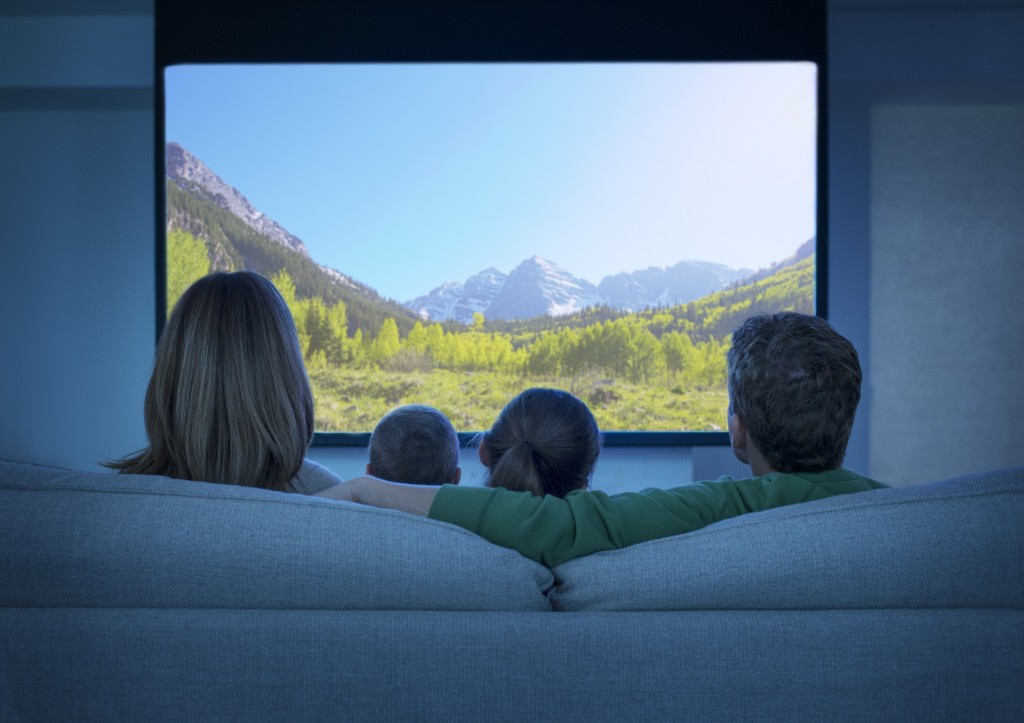Beyond TVs: Building a home theatre
Smart TVs make audio, networking & lighting more important than ever
Advertisement
Smart TVs make audio, networking & lighting more important than ever


Share this article Share on Facebook Share on Twitter Share on Linkedin Share on Reddit Share on Email